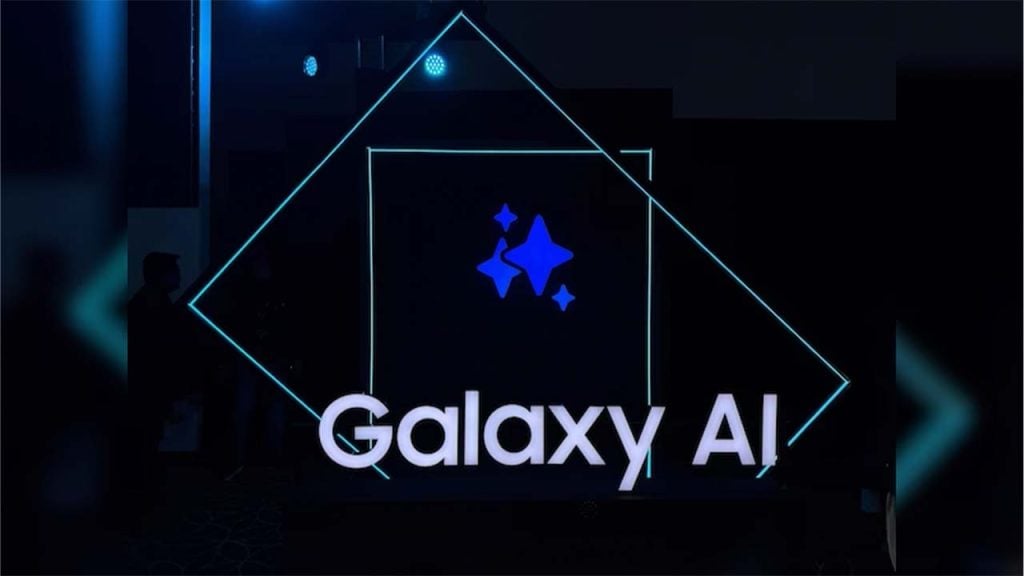Halo is reportedly staying at 343 Industries, but the franchise's direction is unclear amidst layoffs and a pivot away from Halo's Slipspace engine.
In a report from Bloomberg's Jason Schreier, the studio's leadership overhaul, mass layoffs, and other big changes are causing 343 to essentially hit the reset button on the franchise. The report also claims that at least 95 people were laid off from 343 as a part of this month's mass layoffs at Microsoft, and that 343 was not working on new missions for Halo Infinite's story over the last year.
After the layoffs, rumors started circulating claiming that Microsoft could pass Halo development to another studio entirely. According to today's report, Halo is staying put, despite concerns over the studio's ability to develop new Halo games after the big hit to the staff.
The report lines up with 343's statement that "Halo and Master Chief are here to stay", and Phil Spencer saying that 343 remains "critically important" to the success of Halo. According to the report, Matt Booty, head of Xbox Game Studios, has assured 343's staff that they're still in charge, even as the studio works with outside partners.
Big changes are in store for Halo
However, it would seem that big changes are still in store for the franchise. Namely, Halo is said to be pivoting to Unreal Engine, leaving the controversial Slipspace engine behind. Development challenges posed by Slipspace are reportedly holding back two Infinite multiplayer modes that are nearly finished: Extraction and Assault.
The reports of the engine swap come after years of rumors surrounding 343, Slipspace, and Unreal Engine. The pivot will reportedly begin with the Halo project codenamed Tatanka, which has been rumored for quite some time. This game is in co-development at 343 and Certain Affinity, and began as a Halo battle royale, but the game may now evolve in different directions. Future Halo games will also explore using Unreal Engine.
343 isn't preparing any additional story content for Halo Infinite's campaign, the report claims. Rather, developers have spent the last year working on Unreal Engine prototypes while pitching ideas for new Halo games. Many of the developers working on these projects were laid off this month, as 343 isn't actively working on any new story content.
After strong initial reception for Infinite's fresh campaign and free-to-play multiplayer, things took a turn for the worse. Fans pushed back against Infinite's controversial multiplayer progression system, as lengthy delays to long-awaited features soured public opinion of the game. For now, Halo players are waiting for the launch of Season 3: Echoes Within this March.
For more on Xbox and Halo, check out IGN's recent interview with Xbox's Phil Spencer.
Logan Plant is a freelance writer for IGN covering video game and entertainment news. He has over six years of experience in the gaming industry with bylines at IGN, Nintendo Wire, Switch Player Magazine, and Lifewire. Find him on Twitter @LoganJPlant.
Article From & Read More ( Halo Infinite Reportedly Scrapped New Story Content Amid Studio Shakeup - IGN )https://ift.tt/M7f9IXZ
Technology
:format(webp)/cdn.vox-cdn.com/uploads/chorus_asset/file/24389709/202312_samsung_galaxy_s23_ultra_green_render_nmnl_63c142c012bf7.jpg)
:format(webp)/cdn.vox-cdn.com/uploads/chorus_asset/file/24368313/Samsung_Galaxy_S23_1673991602_0_0.jpg)
:format(webp)/cdn.vox-cdn.com/uploads/chorus_asset/file/24389722/61933.jpg)
:format(webp)/cdn.vox-cdn.com/uploads/chorus_asset/file/24389733/Samsung_Galaxy_Book_3_Ultra_3.jpg)
:format(webp)/cdn.vox-cdn.com/uploads/chorus_asset/file/24389740/The_Tech_Outlook_Leak_Samsung_4_scaled.jpg)


:format(webp)/cdn.vox-cdn.com/uploads/chorus_asset/file/24385774/DS_LAUNCH_TRLRSCREEN_07.jpg)
:format(webp)/cdn.vox-cdn.com/uploads/chorus_asset/file/24385779/DS_LAUNCH_TRLRSCREEN_06.jpg)
:format(webp)/cdn.vox-cdn.com/uploads/chorus_asset/file/24385781/DS_LAUNCH_HAMMOND.jpg)
